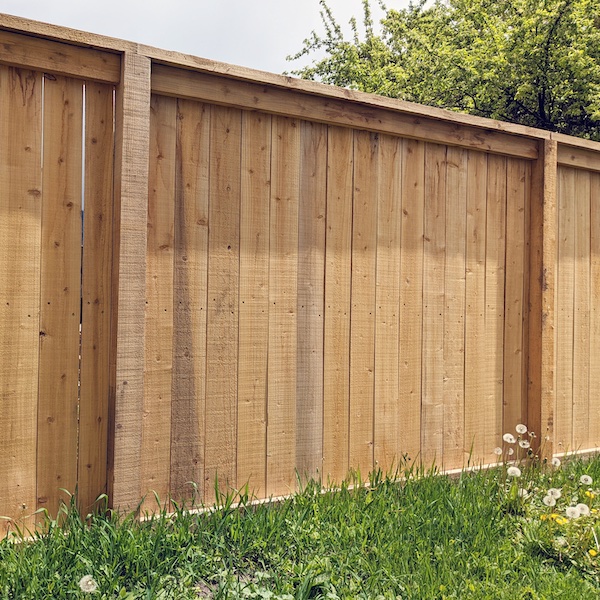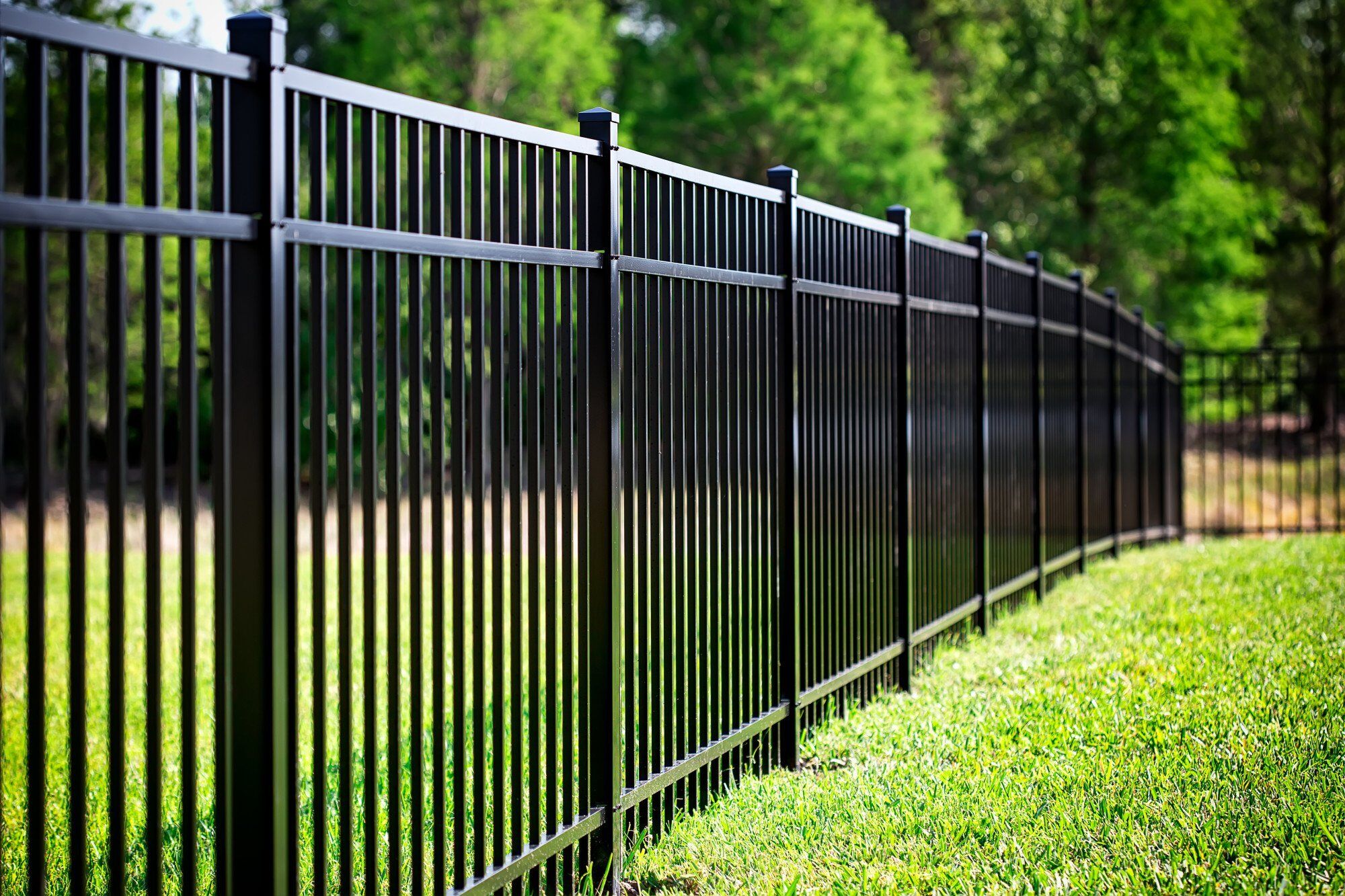All Categories
Featured
When it comes to preserving a wood fence, home owners usually encounter the decision of whether to paint or discolor. Both choices have their disadvantages and pros, and the selection eventually depends upon your visual choices, the kind of wood, and just how much maintenance you agree to devote to. Here's a detailed contrast to assist you make an informed decision.
The Essentials of Paint and Staining
Paint includes covering the wood with an opaque layer of color. It provides total coverage, hiding the wood grain while offering outstanding protection versus ecological aspects.
Tarnishing penetrates the timber, boosting its all-natural beauty while adding a safety layer. Depending upon the type, spots can vary from clear to solid, permitting varying levels of wood grain presence.
Advantages And Disadvantages of Paint
Pros:
Large Range of Color styles: Repaint offers countless color choices, permitting you to match your fence to your home's exterior or individual style.
Longer Long-term: High-grade outside paint can last up to 5-7 years, calling for less frequent reapplication.
Superior Defense: Paint types a thick, strong obstacle versus moisture, UV rays, and insects.
Cons:
Splitting and peeling: With time, paint can peel or break, particularly in locations with severe climate condition.
Hides Natural Timber Appeal: If you enjoy the natural grain of timber, paint might not be the very best option.
Higher Maintenance: Repainting calls for scraping off the old paint, which can be labor-intensive.
![]()
Pros and Disadvantages of Staining
Pros:
All-natural Look: Stains maintain and improve the natural beauty of the wood, making it suitable for top quality hardwood like cedar or redwood.
Much Easier to Reapply: Unlike paint, spots don't peel off or crack. Reapplying discolor usually requires much less surface preparation.
Adaptable End Up Alternatives: Stains been available in transparent, semi-transparent, and strong ranges, supplying various levels of protection.
Cons:
![]()
Much Shorter Life-span: Discolorations, semi-transparent and especially transparent ones, may need reapplication every 2-3 years.
Restricted Shade Choices: While stains use natural tones, they do not have the wide color scheme offered with paint.
Much Less Safety: Stains permeate the timber however don't provide as thick a barrier as paint, making them somewhat much less protective against severe weather condition.
Factors to Consider
Aesthetic Preferences: If you want vivid colors and complete protection, paint is the way to go. For a rustic and natural look, decide for tarnish.
Wood Kind: Top notch timbers with gorgeous grains gain from discoloration, while lower-grade woods can be painted for a refined appearance.
![]()
Environment: In damp or humid environments, paint's thicker obstacle might offer much better defense. In moderate or completely dry climates, spots can be sufficient.
Upkeep Dedication: Paint entails less regular reapplication however more initiative during touch-ups. Discoloration calls for regular maintenance however is much easier to take care of.
Last Thoughts
Both painting and discoloration can effectively safeguard and improve your wooden fence. The most effective alternative depends on your top priorities, whether they lean towards aesthetic appeals, toughness, or convenience of upkeep. By recognizing the benefits and downsides of each, you can select the finish that straightens with your demands and guarantees your fence remains a standout feature of your property for years to find.
The Essentials of Paint and Staining
Paint includes covering the wood with an opaque layer of color. It provides total coverage, hiding the wood grain while offering outstanding protection versus ecological aspects.
Tarnishing penetrates the timber, boosting its all-natural beauty while adding a safety layer. Depending upon the type, spots can vary from clear to solid, permitting varying levels of wood grain presence.
Advantages And Disadvantages of Paint
Pros:
Large Range of Color styles: Repaint offers countless color choices, permitting you to match your fence to your home's exterior or individual style.
Longer Long-term: High-grade outside paint can last up to 5-7 years, calling for less frequent reapplication.
Superior Defense: Paint types a thick, strong obstacle versus moisture, UV rays, and insects.
Cons:
Splitting and peeling: With time, paint can peel or break, particularly in locations with severe climate condition.
Hides Natural Timber Appeal: If you enjoy the natural grain of timber, paint might not be the very best option.
Higher Maintenance: Repainting calls for scraping off the old paint, which can be labor-intensive.

Pros and Disadvantages of Staining
Pros:
All-natural Look: Stains maintain and improve the natural beauty of the wood, making it suitable for top quality hardwood like cedar or redwood.
Much Easier to Reapply: Unlike paint, spots don't peel off or crack. Reapplying discolor usually requires much less surface preparation.
Adaptable End Up Alternatives: Stains been available in transparent, semi-transparent, and strong ranges, supplying various levels of protection.
Cons:

Much Shorter Life-span: Discolorations, semi-transparent and especially transparent ones, may need reapplication every 2-3 years.
Restricted Shade Choices: While stains use natural tones, they do not have the wide color scheme offered with paint.
Much Less Safety: Stains permeate the timber however don't provide as thick a barrier as paint, making them somewhat much less protective against severe weather condition.
Factors to Consider
Aesthetic Preferences: If you want vivid colors and complete protection, paint is the way to go. For a rustic and natural look, decide for tarnish.
Wood Kind: Top notch timbers with gorgeous grains gain from discoloration, while lower-grade woods can be painted for a refined appearance.

Environment: In damp or humid environments, paint's thicker obstacle might offer much better defense. In moderate or completely dry climates, spots can be sufficient.
Upkeep Dedication: Paint entails less regular reapplication however more initiative during touch-ups. Discoloration calls for regular maintenance however is much easier to take care of.
Last Thoughts
Both painting and discoloration can effectively safeguard and improve your wooden fence. The most effective alternative depends on your top priorities, whether they lean towards aesthetic appeals, toughness, or convenience of upkeep. By recognizing the benefits and downsides of each, you can select the finish that straightens with your demands and guarantees your fence remains a standout feature of your property for years to find.
Latest Posts
Recognizing When Your Car Needs Professional Auto Repair at Montclare Auto Repair
Published May 28, 25
1 min read
Reputable Commercial Roofing Providers by Weathercraft
Published May 27, 25
2 min read
Why Routine Auto Maintenance at Montclare Auto Repair Reduces Costs
Published May 26, 25
1 min read